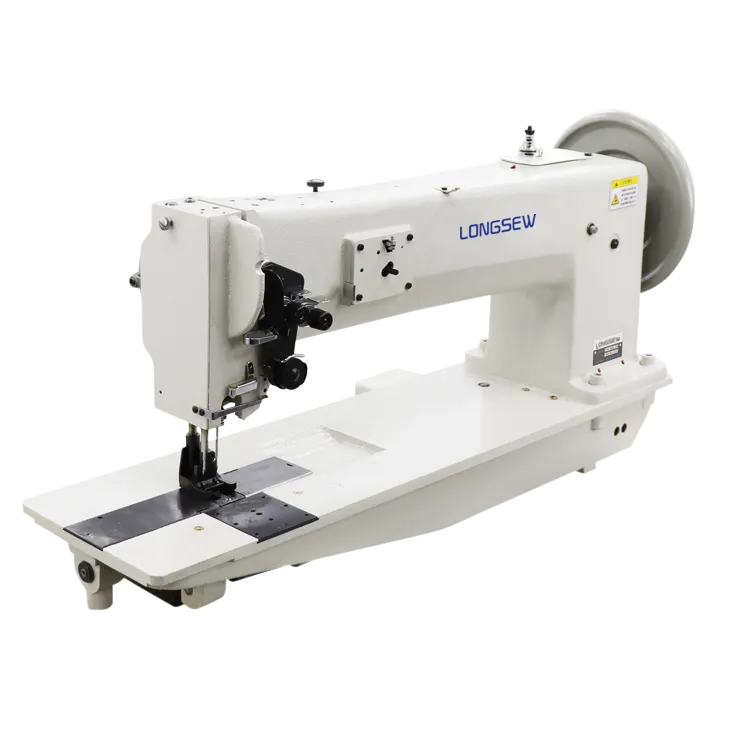bag making machinery
The Evolution and Significance of Bag Making Machinery
In today's rapidly changing world, where environmental concerns and sustainability are becoming paramount, the importance of efficient and innovative bag-making machinery cannot be overstated. Historically, bags have played a crucial role in our daily lives, serving as essential tools for transport and storage. With increasing demand for packaging solutions across industries, the evolution of bag-making machinery has become a focal point for manufacturers aiming to meet modern consumer needs while prioritizing efficiency and sustainability.
The Historical Context
The creation of bags can be traced back to ancient civilizations, where they were crafted from natural materials like leather, woven fibers, and cloth. As trade expanded, the need for robust and reliable packaging grew, leading to the development of primitive bag-making techniques. The industrial revolution marked a significant turning point, introducing mechanization to bag production. Manual labor was gradually replaced with machines, vastly improving production rates and reducing costs.
Types of Bag Making Machinery
Today, bag-making machinery encompasses a wide range of machines designed for different bag types, from simple tote bags to complex multi-layered packaging solutions
. Common types of bag-making machines include1. Sewing Machines These are essential for creating fabric bags, such as tote bags and shopping bags. Advanced models feature programmable stitching patterns and automated features, reducing manual intervention.
2. Thermal Sealing Machines Commonly used for plastic bags, these machines utilize heat to seal the edges of the bags, ensuring durability and preventing leakage.
3. Flexographic Printing Machines To meet branding needs, machinery that incorporates printing capabilities has gained popularity. These machines allow for high-quality printing directly on bags, enhancing their visual appeal and marketability.
4. Automatic Bag Forming Machines Designed for mass production, these machines automate various processes, including folding, sealing, and cutting, thereby significantly increasing output while minimizing labor costs.
bag making machinery

5. Multi-layer Fabric Bag Machines With the growing emphasis on sustainable bags, machines that can handle biodegradable or recycled materials have emerged, allowing manufacturers to produce eco-friendly options without compromising quality.
Technological Advancements
The integration of technology into bag-making machinery has transformed the industry. Automation and collaboration with robotics have enabled manufacturers to streamline operations and enhance precision. Industry 4.0 technologies, such as IoT and AI, are being incorporated into machinery, allowing for real-time monitoring and predictive maintenance. This not only increases operational efficiency but also minimizes downtime and reduces waste.
Furthermore, programmable logic controllers (PLCs) allow machines to be customized for specific production requirements, ensuring versatility in a market where consumer preferences are ever-changing. These advancements have made it possible for manufacturers to produce bags in various styles and sizes while maintaining high-quality standards.
Sustainability in Bag Production
As environmental consciousness rises, manufacturers are increasingly focused on sustainability in their production processes. Bag-making machinery is being adapted to use eco-friendly materials, and energy-efficient systems are becoming the norm. Innovations such as compostable materials and reduced-energy production processes reflect the industry's commitment to sustainability.
The push for reusable bags has also shifted the focus of bag-making machinery. Many manufacturers are investing in technologies that produce durable, long-lasting bags, reducing the reliance on single-use plastics. In this way, bag-making machinery plays a vital role in the global effort to reduce waste and promote environmental stewardship.
Conclusion
Bag-making machinery is at the intersection of innovation, sustainability, and operational efficiency. As consumer habits continue to evolve, and as awareness surrounding environmental issues grows, the demand for advanced, eco-friendly bag production methods will only increase. To remain competitive, manufacturers must continue to invest in the latest technologies and sustainable practices. The journey of bag-making machinery reflects not just the history of packaging but also the future of manufacturing in a world that increasingly prioritizes sustainability and efficiency. As this evolution continues, so too will the impact of bag-making machinery on our daily lives and the global economy.
-
Heavy Duty Leather Sewing Machine: A Must-Have for Professional LeatherworkNewsMay.28,2025
-
Leather Sewing Machine: Essential for High-Quality LeathercraftNewsMay.28,2025
-
Extra Heavy Duty Sewing Machine for Premium Leather ApplicationsNewsMay.28,2025
-
Walking Foot Cylinder Arm Sewing Machine: Precision and Power CombinedNewsMay.28,2025
-
Industrial Cylinder Arm Sewing Machine: Engineered for High-Performance StitchingNewsMay.28,2025
-
Cylinder Bed Sewing Machine: A Powerful Solution for Precision StitchingNewsMay.28,2025
-
Zigzag Sewing MachineNewsMay.12,2025





























